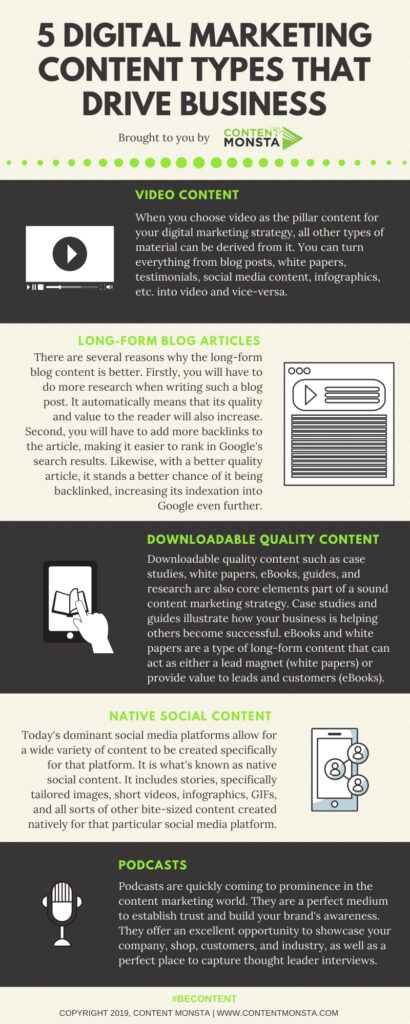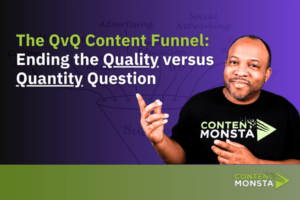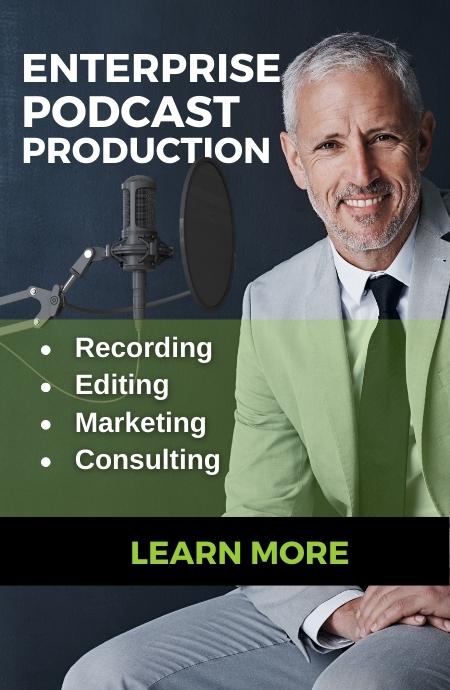Marketers have been using content marketing to attract customers and drive sales for over 300 years. Content marketing is nothing new, and you do not even need to be a content strategist to appreciate its power in shaping commerce. Cavemen used content marketing when they wrote stories on cave walls using charred sticks. This wall painting is what later evolved into writing and eventually the printing press.
Every newspaper, blog, magazine, TV, Radio, and book publisher are essentially content marketers. The only difference between the marketing strategies they used and what is required to close a sale now is the effort it needs and the mode of communication it uses.
Content marketing used to be easy and cheap with substantial profit returns. Before long, marketers and advertisers joined content creation as middlemen. Meaning, they purchased advertising space attached to new content distributed to the public.
The effort it demands to reach content consumers has increased, and marketers have had to look for alternatives as their advertising costs rose and effectiveness shrunk. With time, they began making less money for the same amount of investment. The low return of investment forced marketers to become content creators, publishers, and distributors themselves.
Digital, Content Marketing Strategies Rule Book
The evolution of digital marketing is not driven by marketers, content creators, or publishers; it is the customers that drive it. After all, digital-first marketing, a moniker for a strategy book on how to succeed in digital marketing, is not really about technology but the consumer.
Established marketers use the basic rules of marketing to pivot from traditional marketing techniques to using modern digital marketing channels. Modern technology demands that a company – even if operating a brick-and-mortar business – have some form of digital contact with its consumers. It is the only way to create lasting and personal relationships with consumers and elevate their digital experiences today.
Leading marketers have had to perfect their marketing behavior. They’ve done so by encouraging a behavior change among consumers to align with their content marketing techniques. For instance, when Adidas was taken on by stiff competition from smaller companies with influential digital presences in Europe; the company had to be creative and evolve fast to counter the threat.
Tiankai Feng, Adidas’ Senior Manager of Global Analytics, is quoted saying: “As technology was changing faster than our processes and marketing campaigns, we had to abandon the traditional ways of managing them. Old ways of creating and managing content just do not work with new digital marketing channels
Dealing with Digital Fatigue Across Content Channels
Finite and 93x B2B Marketing published statistics that reveal interesting marketing trends for business in 2020/21. It found that 72% of business-to-business tech marketers reported having experienced some form of fatigue since the outbreak of COVID-19. Despite this, more than 65% of the marketers insist that digital events would continue to be the focal point of their marketing strategy, especially since social distancing rules limited physical events.
Digital fatigue is a real problem for marketers. With all the upsides of digital life and services, people quickly burnout from all the online exposure. (i.e. online shopping, zoom calls, and remote working.) As people are glued to screens, marketers have had difficulties keeping up with them without exasperating their fatigue problems.
The answer to digital fatigue has been both creative and classic. Marketers have had to create new experiences that separate their content from what the target market has to face all day long. Marketing techniques that take the user away from their screens are more effective than those that keep them glued to the screen longer.
The Rules for Creating a Winning Content Strategy
One of the best ways to create and effortlessly maintain an online presence today is having high-quality and valuable content. Content creation is only one part of a holistic marketing plan. A good content marketing strategy must also contain a solid marketing plan. This plan lays out which content to create for which group of consumers and distributed over which channels.
The main reason entrepreneurs need content marketing strategies is because they know how to effectively combine the business’ long-term online marketing goals with the development and creation of digital content. The content must be of high value to attract the proper attention, and it must have a long shelf-life to sell for as long as possible before it is replaced.
The secret to a successful content marketing strategy is proper planning of the content depending on the target groups. The marketer must then establish problems with the target market and create a narrative that places the content as the most trusted solution to the consumer’s problem.
The content must attract, sway user intention, and have measurable success metrics. This makes it easy to understand whether the marketing technique is working, and if so, how well.
How Marketers can Increase Content Relevance to Meet Changing Customer Needs
In such a competitive marketing landscape, marketers have to make substantial investments in developing their content strategies. This is the only secret to make their marketing programs stand out from the competition.
Besides ensuring that their content is valuable and has long shelf-lives, marketers must also make it a habit to consistently create high-quality and highly engaging content. This is the only type of content that will have an immediate impact on the target’s decision-making process.
According to Forrester, creating a consistent customer experience is key to nurturing trust in a brand. McKinsey & Company supports this argument by revealing just how important consistency is to make customers happy.
A properly laid-out content marketing strategy should anticipate customers’ changing needs to increase audience retention. The strategy must be agile enough to be distributed over different channels, generate leads for the business, be SEO-optimized to improve the brand’s SERP placing, and build the brand authority online.
Improving the consistency and agility of content will significantly boost a brand’s standing in the digital world. It is also pivotal to the success of the brand’s content marketing campaigns.

Aligning Content Marketing Strategies with Sales
Creating new content should be a main skill of a content marketer. They must also have the right tools and strategies to measure the success of their efforts.
Measuring a content marketing campaign’s effectiveness will depend on the campaign’s objectives even before the content strategizing started. By scoring their content, marketers can quantify which recipes work for their marketing strategies and which ones irk their audiences.
The first step in measuring the ROI of marketing content is establishing a scoring criterion. This is how marketing engagement will be measured and should reveal the impact content has on the audience. The results are much more straightforward when the measuring and performance monitoring metrics are pegged to sales, conversions, or content outreach.
To evaluate what strategies work, a marketer must compare the statistics of different strategies with external data. High-performing content is usually segregated and can be analyzed; this helps to determine what makes them effective or a failure. Although it is not easy to quantify, content can reveal patterns from which the marketer can learn when compared with external data.
Final Thoughts
Content marketing has come a long way since the days of stick figures painted on cave walls, but their purpose has barely changed. Learning to sell an idea/product or promote a brand’s online presence through content is challenging, effort-demanding, and constantly evolving. If you are looking to stay above the curve to enjoy the benefits of content marketing done right, visit ContentMonsta.com. Discover the less-appreciated value of proper content marketing.
If you are interested in this topic you can learn more about this with sales training.

The QvQ Content Funnel: Ending the Quality versus Quantity Question
Marketers often debate whether to prioritize the quality or quantity of content. The QvQ Content Funnel proposes a strategy to balance both, tailoring content type and volume to different sales funnel stages. This method enhances engagement, drives conversions, and builds customer loyalty by delivering the right content at the right time.

5 Digital Marketing Content Types That Drive Business
There are several digital marketing content types that are sure to drive business over the coming years. It’s no secret that content marketing is the driving force behind most, if

Marketing Video Budget – How to secure executive approval
Discover how to secure executive approval for your video marketing budget. This article teaches you to address the critical concerns of CFOs and CMOs, focusing on efficiency, cost-effectiveness, and ROI. Learn strategies for promoting quick turnarounds, diversifying video content, and implementing remote production. Equip yourself with the tools to present a strategic, results-oriented plan that aligns with your company’s goals and impresses your executives.


